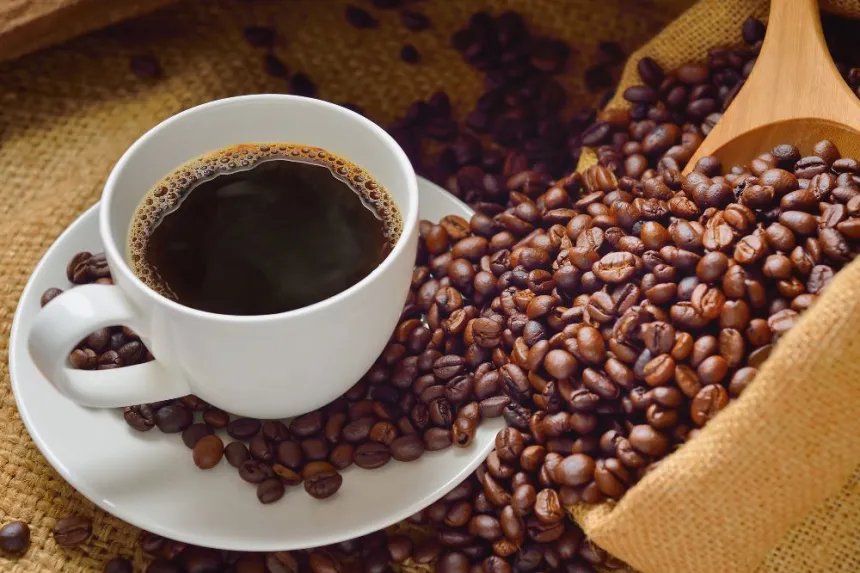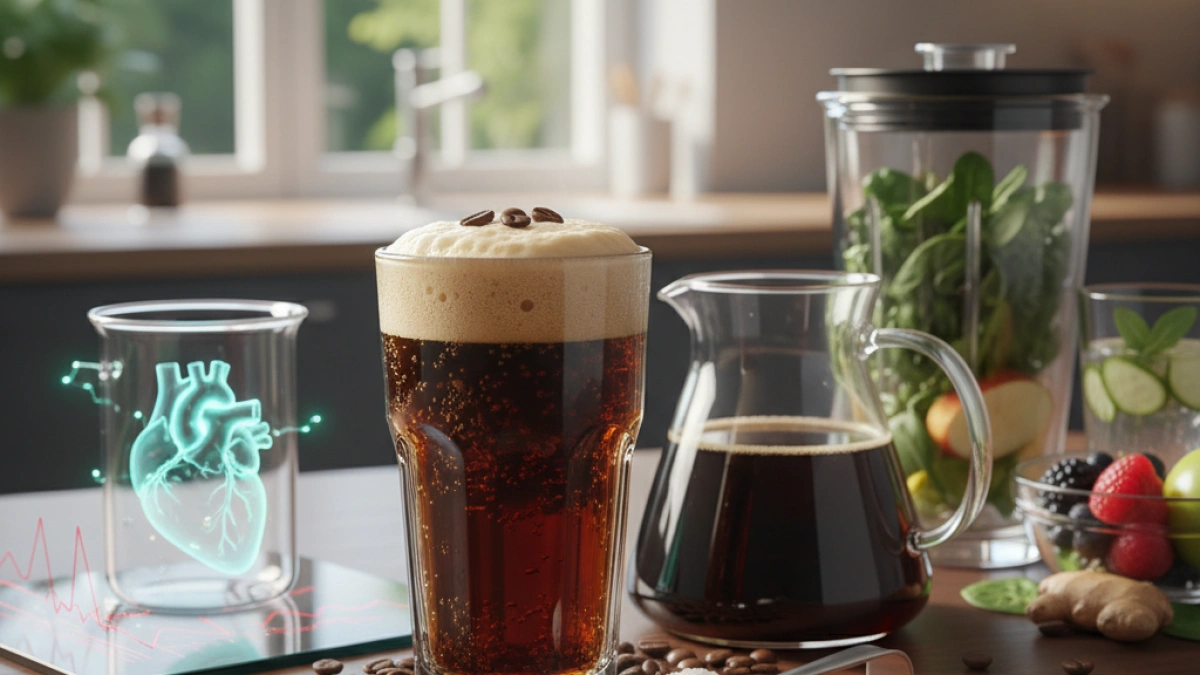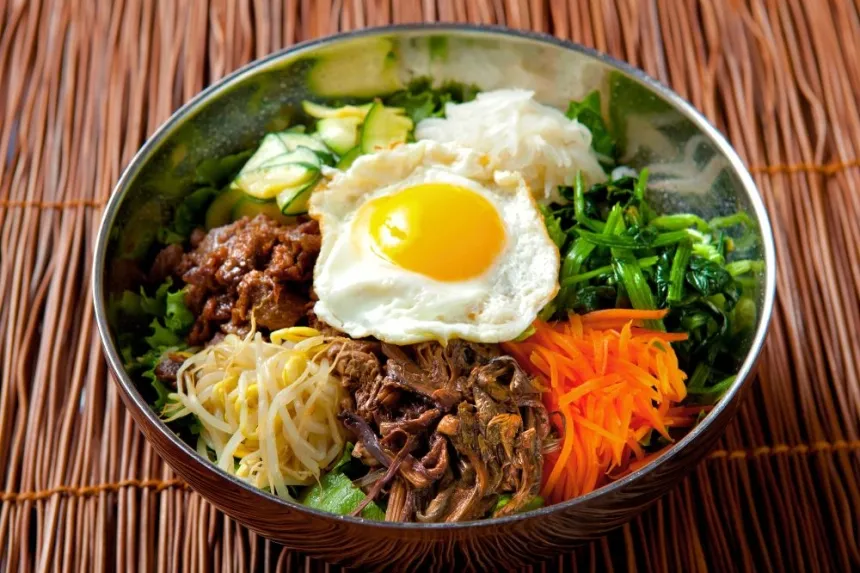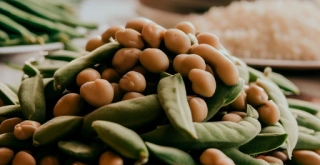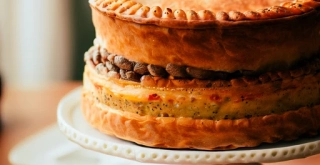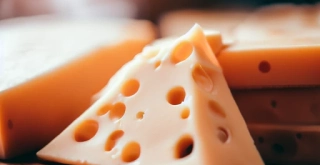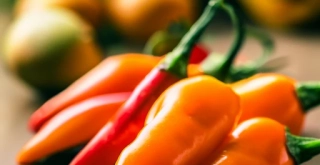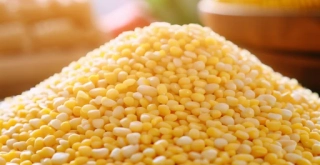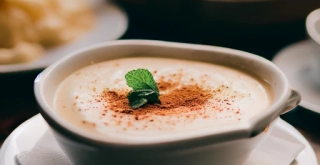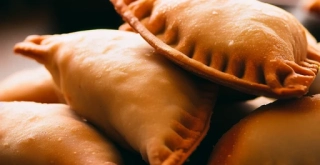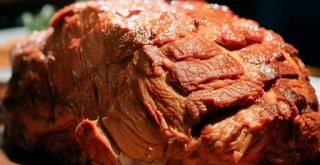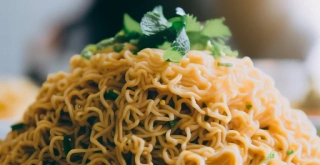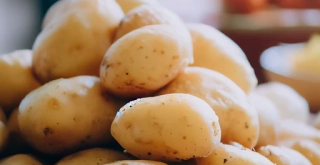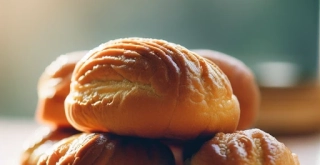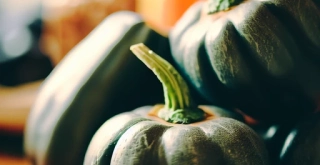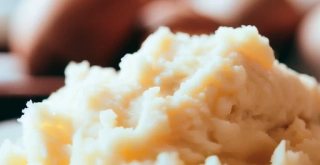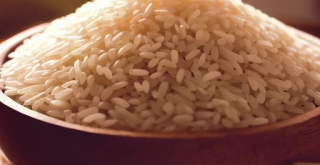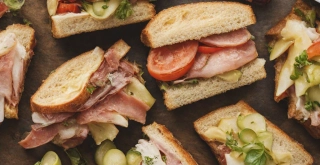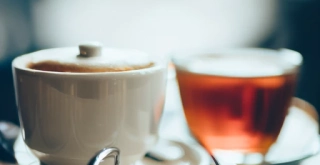Complete Guide to Preparing Perfect Coffee at Home and Avoiding Mistakes
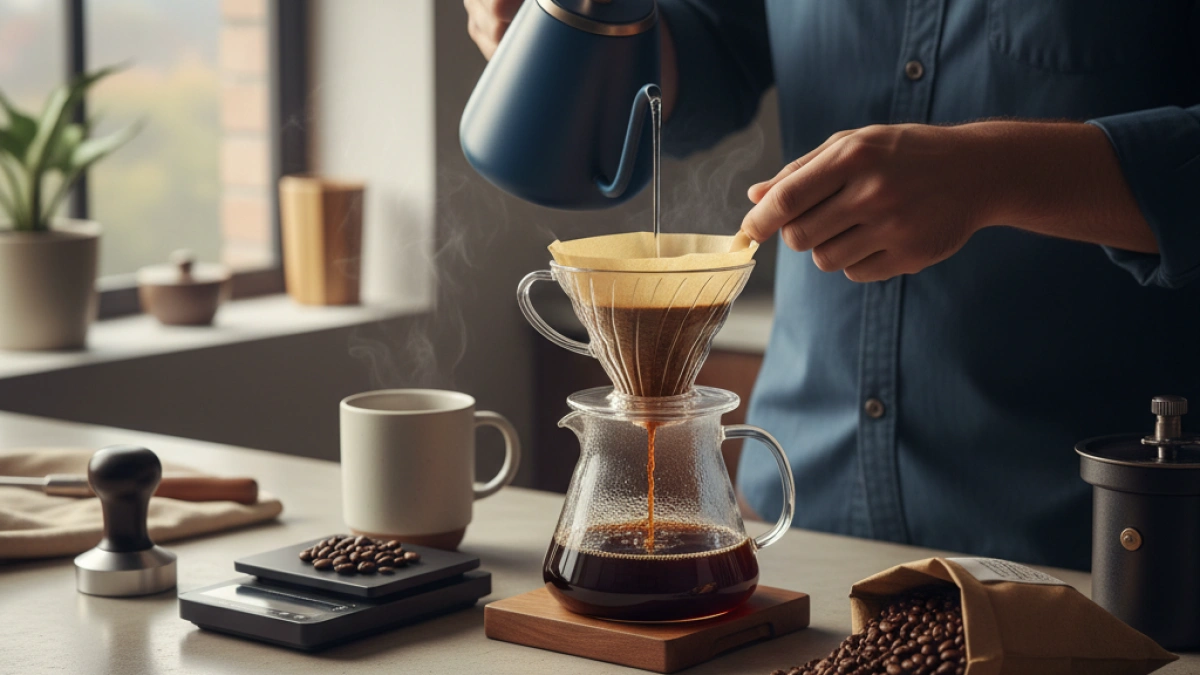
Making coffee at home can become a real challenge, especially when the final result is bitter or tasteless. Although many people think that enjoying a delicious cup of coffee is the prerogative of cafes with sophisticated machines, the reality is that any coffee lover can transform their morning ritual into a pleasant experience filled with nuances without needing to spend a lot of money. Below is a comprehensive guide that reveals the secrets to elevate homemade coffee from a simple "caffeine jolt" to an exquisite cup that you look forward to each morning.
The Pillars of Good Coffee: Beyond the Bean
Before delving into various preparation techniques, there are three fundamental aspects that are universal and make a significant difference in the final result of the beverage.
1. Grinding: The Best-kept Secret
One of the most crucial steps to improve coffee is to grind the beans just before preparation. Historically, coffee was made by steeping whole beans in boiling water, resulting in a bitter and unrefined drink. Grinding changed this dynamic for two key reasons:
- Increased surface area: Grinding makes the extraction of flavors and oils more efficient, resulting in a cup full of nuances.
- Faster extraction: It reduces brewing time, helping to decrease bitterness and improve overall flavor.
Pre-ground coffee found in supermarkets is susceptible to three enemies: it absorbs odors from the environment, picks up moisture, and, most critically, oxidizes. This oxidation causes flavors to deteriorate quickly, losing more than 60% of its aroma in just two days, in contrast to whole beans, which can retain their properties for up to two months.
Read also
A valuable tip is that after roasting, the beans release carbon dioxide, so it is important to let them rest for at least five days before using filter and immersion methods, storing them in a closed container in a dark place.
2. The Ratio and Time: The Flavor Formula
The flavor of a cup of coffee largely depends on the grind and steeping time:
- Coarse grind with short infusion: Results in acidic and under-extracted coffee.
- Fine grind with long infusion: Produces bitter coffee due to over-extraction.
Finding the balance is essential for optimal extraction.
Read also
3. Essential (and Affordable) Tools
Laboratory tools are not required, but there are three devices that are almost indispensable:
- Digital scale: It allows you to replicate recipes with precision. Measuring by volume is not enough; a gram scale ensures consistency.
- Electric kettle: Heats water quickly and efficiently. While a kettle with a "gooseneck" provides more control, it is not strictly necessary. The essential thing is to use water as hot as possible.
- Quality water: Since coffee is made up of 99% water, its quality is crucial. Using mineral water can significantly enhance the flavor.
Four Foolproof Methods for Brewing Coffee at Home
Having understood the fundamentals, here are four brewing methods organized from least to most intensity.
1. V60 (Filter): Elegance and Clarity in the Cup
Filter coffee, often unfamiliar or misunderstood in Spain, is not just "watered down," but is less intense than an espresso. The V60, developed by the Japanese brand Hario, is a percolation method where water flows through the coffee. The use of a paper filter traps the oils, resulting in a light, clean, and aromatic drink, more comparable to tea.
- Grind Size: Medium, similar to beach sand. This method is unforgiving, as a finer grind can considerably increase extraction.
Quick Process:
- Grind 30g of coffee while boiling 500ml of water.
- Place the paper filter in the V60 and rinse it with hot water.
- Add the coffee and pour 60ml of water. Stir and wait 45 seconds (this process, called blooming, releases CO2).
- Pour water until reaching 300ml in circular motions, waiting until minute 1:15.
- Slowly add the remaining 200ml until minute 1:45.
- The coffee should fully filter around the 3:30 minute mark.
The result is a delicate coffee, ideal for enjoying a large cup in the morning.
2. French Press: Body and Simplicity
This method, very popular in many kitchens, is often misused. The French press is a total immersion system where coffee and water remain in constant contact, making it more forgiving with grind thickness and producing a fuller-bodied coffee since it lacks a paper filter to retain the oils.
- Grind Size: Medium, slightly coarser than for the V60.
Quick Process:
- Grind 30g of coffee and boil 500ml of water.
- Mix coffee and water in the press. Stir with a spoon and place the lid with the plunger on top.
- Let it rest for 4 minutes.
- Break the surface crust with a spoon and remove the foam.
- Wait an additional 5 minutes for the sediments to settle.
- Lower the plunger just to touch the surface of the liquid, avoiding excessive pressure that could disturb the sediments and cause a cloudy cup.
This technique is perfect for those looking for a great coffee without complications.
3. AeroPress: Intensity and Versatility
Invented in 2005, the AeroPress combines features of both the V60 and the French press. Through a method that uses a combination of immersion and pressure (without creating a real espresso), it allows the use of a finer grind and results in intense and delicious coffee. Its design makes it an ideal ally for traveling or preparing a single cup.
- Grind Size: Finer than for the filter, similar to table salt.
Quick Process:
- Grind 11g of coffee while boiling 200ml of water.
- Place a paper filter, add coffee, and then add water.
- Stir, insert the plunger one centimeter to create a vacuum, and wait 2 minutes.
- After this time, remove the assembly and wait an additional 30 seconds.
- Gently and steadily press for about 30 seconds, without applying too much force.
This way, you get a concentrated and perfectly extracted cup in record time.
4. Italian Coffee Maker (Moka): The Enhanced Homemade Espresso
The Italian coffee maker, an emblem in Spanish kitchens, has gained a bad reputation for producing bitter coffee, usually due to incorrect use. With some adjustments, it is possible to achieve an intense and full-bodied coffee, resembling an espresso without the need for a special machine.
- Grind Size: Finer than for the AeroPress, but not as fine as for an espresso.
Quick Process and Key Changes:
- Grind the coffee and fill the filter without pressing it down.
- Crucial Step #1: Fill the bottom chamber with boiling water, avoiding cold water so that the coffee doesn’t “cook” in the hot metal.
- Close the coffee maker (carefully, using a cloth) and place it over medium heat, not high.
- When the coffee starts to come out steadily, wait for a bubbling sound that indicates crucial Step #2.
- Remove the coffee maker from the heat and place the base under cold running water to stop the extraction.
The result is a strong and delicious coffee, perfect for enjoying alone or with milk.
With this complete guide, coffee enthusiasts have the knowledge needed to transform their morning routine and avoid common mistakes in preparing this iconic beverage. The key is to pay attention to every detail, from the choice of beans and their grinding to the methods and tools used.
To explore more about the art of making coffee and other related topics, feel free to keep visiting my blog.
